

PEEK (polyetheretherketone) is a high-performance engineering plastic composed of ether and ketone groups in the polymer chain. It has excellent thermal stability, chemical stability and mechanical properties, making it widely used in various industrial fields.
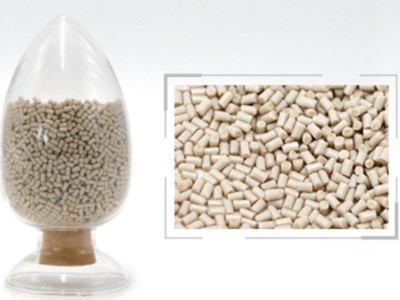
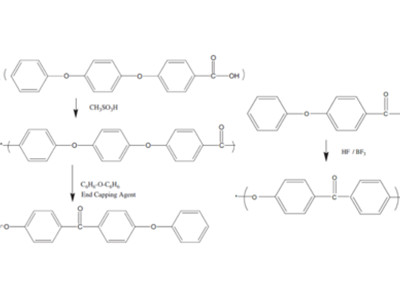
1. Chemical properties: PEEK material has excellent chemical stability and can withstand the erosion of a variety of chemicals, including acids, alkalis, organic solvents and oxidants.
2. Thermal properties: PEEK has excellent thermal stability and can maintain stable performance in high temperature environments. It has a high glass transition temperature of approximately 143°C (289°F), allowing it to be used under high temperature conditions for extended periods of time.
3. Mechanical properties: PEEK has excellent mechanical strength and rigidity, as well as good wear resistance and fatigue resistance. It is a lightweight material with low density but high strength and can be used in applications requiring high strength.
4. Electrical properties: PEEK is an excellent insulating material with good electrical properties and can be used in applications in the electrical and electronic fields, such as wire insulation, electrical connectors, etc.
5. Biocompatibility: PEEK has good biocompatibility and is widely used in the field of medical devices, such as orthopedic implants, dental applications, etc.
6. Processing performance: PEEK has good processing performance and can be processed into parts of various shapes through injection molding, extrusion, compression molding and other methods.
7. Price: PEEK is a high-performance engineering plastic with a relatively high price, but in some demanding applications, its performance advantages can often offset its high cost.
PEEK is used in the aerospace, automotive, electrical and medical industries. Due to its robustness, it is used in manufacturing products in the chemical and engineering industries. Common examples include bearings, piston parts, pumps, HPLC columns, compressor plate valves, and cable insulation. Explore some of its applications in detail.
Automobile industry
With the trend toward miniaturized engine bays, PEEK offers a solution that replaces metal and enables weight reduction, noise reduction, and functional integration. The most important performance advantages of polyetheretherketone are enhanced dry and lubricated surface interaction, excellent mechanical properties over a wide temperature range, ease of processing and excellent fatigue properties. Key applications include: piston units under the hood, seals, gaskets, bearings, various active components for transmission, braking and air conditioning systems.
Aerospace
PEEK polymers and their composites are replacing aluminum and other metals in several aircraft components. Large volumes of high-volume parts with fine tolerances can be cost-effectively formed and used without assembly or modification. In the aerospace market, PEEK is used for: Critical engine components as polymers can withstand high temperatures and the frictional interaction of dry and lubricated materials in contact In aircraft exterior parts, PEEK has excellent resistance to rain erosion In interior components, its inherent flame retardancy and low smoke and toxic gas emissions reduce fire hazards The polymer is used to make corrugated tubing to protect electrical wires and fiber optic filaments in aircraft electrical systems.
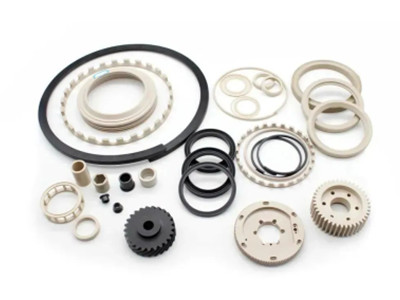
Medical and Healthcare
Polyetheretherketone offers cost-effective, innovative parts with excellent resistance to wear, heat, electrical and chemicals. Its applications in healthcare mainly include dental instruments, endoscopes and dialyzers. PEEK is replacing aluminum dental syringe handles and sterile boxes used to store root canal files The polymer can withstand up to 3,000 autoclave cycles, often at temperatures of 134°C Maintains excellent mechanical strength, excellent stress cracking resistance and hydrolytic stability in the presence of hot water, steam, solvents and chemicals. It improves the biocompatibility of the load-bearing implant.
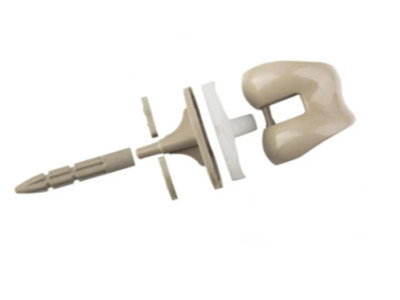
Electrical/Electronic
Polyetheretherketone has excellent electrical properties, making it an ideal electrical insulator. PEEK provides parts with long-term operational reliability over wide fluctuations in temperature, pressure and frequency. Its inherent purity combined with excellent mechanical and chemical stability minimizes contamination and maximizes safety during silicon wafer handling. Excellent thermal properties allow PEEK polymer parts to withstand the high temperatures associated with welding processes. Some interesting examples of current applications include coaxial connector jacks used in hands-free phone kits, surface mount trimmer potentiometers (they are electromechanical devices, called SMDs, designed to correct voltage or resistance errors in printed circuit boards ) and as an insulator for connector pins on subsea environmental control equipment.
Difficulties in processing PEEK materials
The processing difficulties of PEEK materials mainly focus on high-temperature processing requirements, grinding difficulties, prone to cutting thermal deformation, cutting tool wear, easy generation of cutting particles, and high environmental requirements. Corresponding measures and process optimization need to be taken to address these difficulties.
Moresuperhard's grinding solutions for PEEK materails
Moresuperhard has developed targeted grinding wheel formulas for the grinding of special engineering plastics such as PEEK, mainly electroplated grinding wheels, divided into rough grinding and fine grinding.
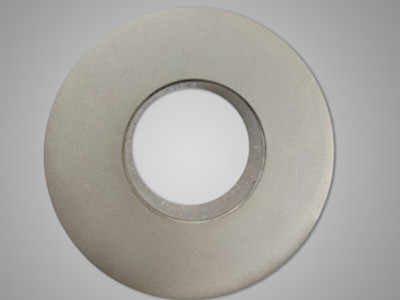
1. Cooling and lubrication: PEEK is prone to high temperatures during the grinding process, so sufficient cooling and lubrication is required to lower the grinding temperature and reduce thermal deformation and material damage. Use appropriate cooling lubricants, such as aqueous solutions or special cutting fluids, and make sure they adequately cover the grinding area.
2. Choose appropriate grinding tools: Choose grinding tools suitable for grinding PEEK, usually choosing fine-grained grinding wheels or grinding discs to reduce surface roughness and grinding temperature.
3. Control grinding parameters: Control grinding parameters, including grinding speed, feed speed and depth, etc., to ensure that the required surface roughness and dimensional accuracy are obtained. Typically, PEEK materials are ground at lower speeds to reduce heat accumulation.
4. Ensure effective chip removal: Timely remove the chips and chips generated during the grinding process to prevent them from re-scratching the surface of the workpiece, and ensure the cleanliness of the grinding environment to avoid the impact of impurities on the surface quality.
5. Avoid excessive grinding: Avoid excessive grinding to prevent excessive thermal deformation and damage to the material surface. Regularly inspect the workpiece surface to ensure the required dimensions and surface quality are achieved.
6. Pay attention to safety: During the grinding process, pay attention to safety to avoid accidents. Use appropriate protective equipment such as goggles, gloves, and earplugs, and make sure operators are familiar with the grinding equipment operating procedures.
7. Post-processing: After completing grinding, perform necessary post-processing, such as cleaning the workpiece surface to remove residual cutting fluid and particles, and performing surface treatment to improve surface quality.
More processing solutions of PEEK materials please contact us freely.
High-performance diamond composite cutters (PDC) for stone cutting saw blades. Learn key structural features, performance requirements, and selection guidelines for granite, marble, and quarry cutting applications.
Comparison of ns, ps, and fs lasers for PCD, carbide, and ceramic machining, and how Moresuperhard’s 5-axis laser PCD grinding machine delivers high-precision cold laser processing.
Add: Zhongyuan Rd, Zhongyuan District, Zhengzhou, 450001, Henan, China
Tel: +86 17700605088